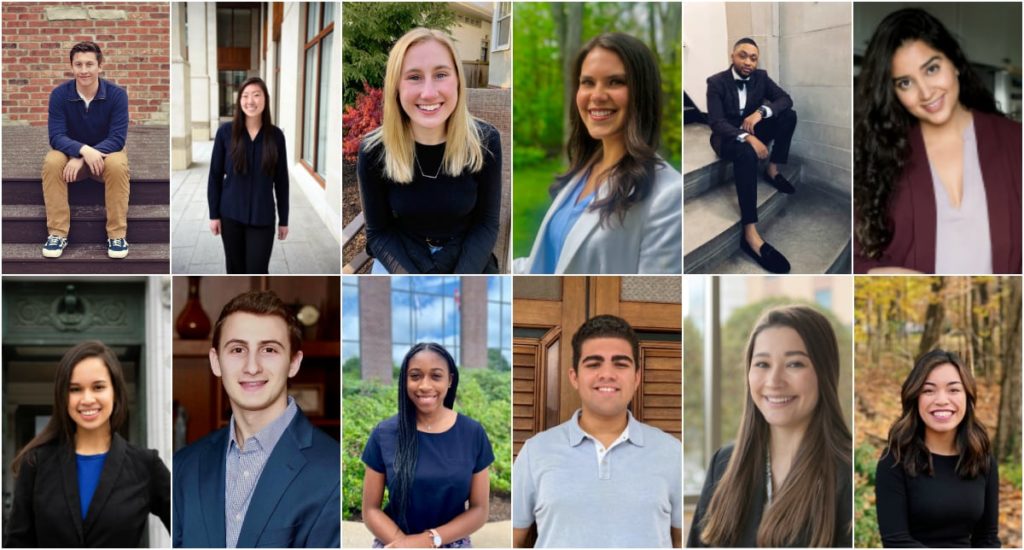This is blog was guest-written by our partners from Abbott.
Abbott’s high school and college internships have been known to change the trajectories of students’ professional lives. The programming offers career development sessions, networking opportunities, and challenging, real-life assignments – all experiences job recruits need for success. It’s a key part of the global health technology company’s talent pipeline planning.
It starts with the high school program – 78% of eligible students move on to Abbott’s college program. And every year more than 60% of the college interns become Abbott employees. Over the years, multiple Abbott executives have started as interns.
That’s why it wasn’t an option to cancel the programs when the threat from the coronavirus made in-person internships difficult if not impossible. Instead, Abbott quickly pivoted to the virtual environment.
The effort involved collaborating with managers to adapt and realign dozens and dozens of intern assignments, forming “peer buddy” mentoring groups, scheduling regular live video discussions with senior leaders and creating a special app – Abbott InternLink – that lets students interact.
“We’re living in a world filled with unknowns,” said Vildan Kehr, Abbott’s Divisional Vice President for Global Talent Acquisition. “But one thing we can be sure of is that these young people need opportunities and support. Even remotely, companies can make internships meaningful and personal, – and help secure their own futures in the process.”
DIVERSITY STRATEGY
Abbott’s virtual internships are an extension of its commitment to providing young women and students from diverse backgrounds opportunities in the STEM fields.
Last year on Aug. 26, Women’s Equality Day, the corporation launched its “Shaping the Future of STEM” blueprint with the hope that other organizations and companies would use its advice to create similar high school internship programs.
STEMconnector supports the effort, believing that if more companies offered internships, more students would be exposed to and see a future in STEM. The need is there: Federal data show that just 24% of the STEM workforce is female while an additional 850,000 STEM jobs are projected by 2028.
That’s why it’s so important to ensure internships, like Abbott’s programming, continue. The numbers are proof:
- This summer, 70% of Abbott’s high school interns came from diverse backgrounds.
- Of the more than 130 students who have gone through Abbott’s high school STEM internship, 97% of them went on to study STEM in college.
- Abbott has started hiring its first former interns as full-time engineers: Eight of the 11 are women.
Find out more about “Shaping the Future of STEM” at www.stem.abbott
